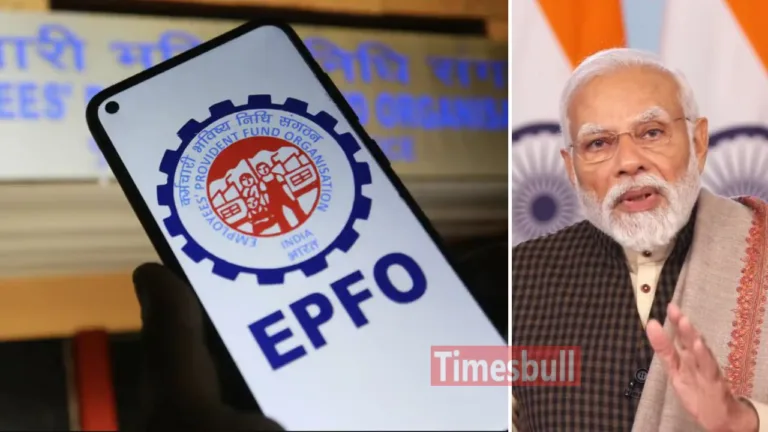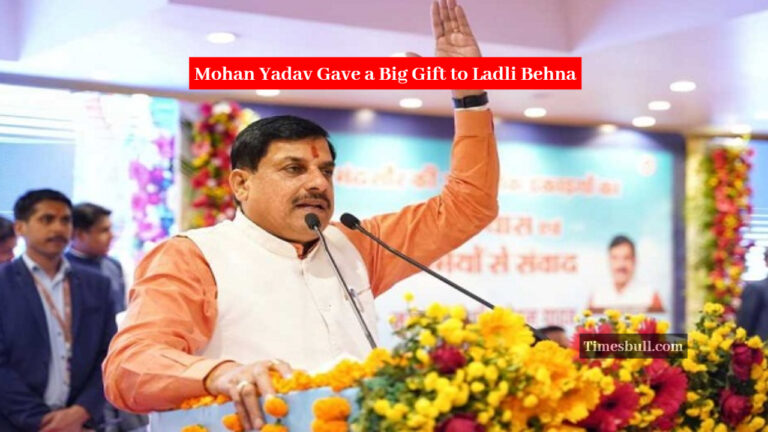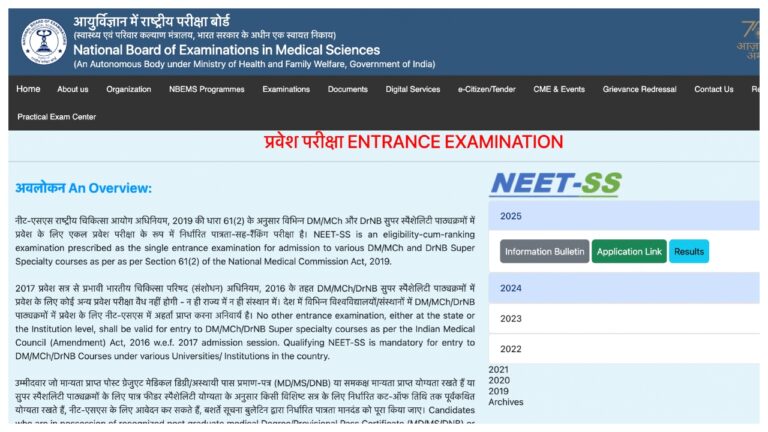EPF Scheme Explained: EPF i.e. Employees Provident Fund, this is a government scheme, in which people who do jobs collect some part of their salary every month and their company also deposits the same amount. This money is slowly connected and interest is also available on it every year. At the time of retirement, this deposited money is converted into a large amount, so that you can bear your expenses yourself. In such a situation, if you keep adding money in advance, then the tension is reduced later. The EPF scheme is made for this.
How is the money deposited in EPF?
When you work in a company and your salary is fixed, then 12% of it is cut in EPF every month. Your company also contributes 12%, but some part of it goes into the Pension Scheme (EPS) and the rest in the EPF.
How to accumulate money in EPF, understand it with an easy example:
If your basic salary and DA is ₹ 25,000, then every month your salary is cut from your salary in ₹ 3,000 (12%) EPF. Your company also contributes 12%, but some part of it goes into the Pension Scheme (EPS).
Out of this, the company goes to ₹ 1,250 (8.33%of ₹ 15,000) EPS and the rest is added to ₹ 1,750 EPF.
In this way, ₹ 4,750 (₹ 3,000 of your ₹ 1,750) is deposited in EPF account every month.
Every year interest is also added to the government on this amount, which increases your savings even more.
How much interest is being received in 2024-25?
The government fixes interest on EPF every year. The rate of this time has been kept at 8.25%. This interest will be available on the money deposited from April 2024 to March 2025. Although interest is counted every month, but it connects to your account on the last day of the year. Talking about every month, about 0.688% interest is made on dividing 8.25% by 12.
Example: If ₹ 9,500 has been deposited in your account, then it will have an interest of the month.
₹ 9,500 × 0.688% = ₹ 65.36
Relief will be available in tax
A major advantage of EPF is that it also helps in saving tax. But after a limit, it can be taxed. If a person’s EPF contribution in 1 year is more than ₹ 2.5 lakh, then the interest received on extra money will come under the purview of tax. The interest available at the contribution up to two and a half lakhs is free. If you have invested money in EPF for 5 consecutive years, then there will be no tax on withdrawing money. But if the account has become dormant (passive), that is, there was no money in it for 3 years, then the interest received on it will come under tax.
What will happen if no contribution is gone in EPF?
If you quit the job and did not contribute to the EPF from your side, then your account can be a doramant. In such a situation, the account will remain operational but interest will stop. So try to either transfer an account in a new job or take it out. There is a contribution of 12% in EPF from both side. At the same time, the company of the company is deposited in the pension fund and your EPF account. In which 8.33% pension fund and 3.67% EPF.










